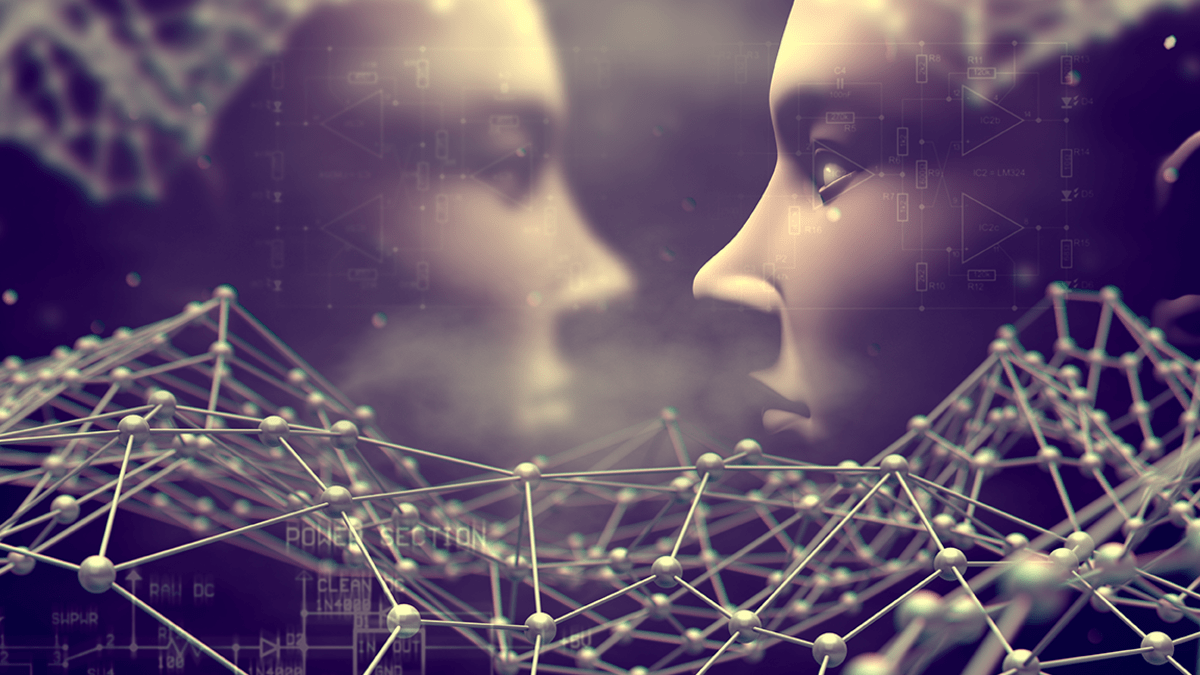AI for humanitarian action involves a set of initiatives for hyperlocal disaster warnings and advisories as a significant step for building a just and safe world.
It is a bright sunny day. As you step out to get to work, your phone pings. It is a priority message telling you that there has been a cloud burst far away upstream, leading to water gushing down the otherwise timid river that runs through your city.
You click the given link, and a map opens, showing you which part of your city will be wading through ‘x’ feet of water within three hours. It will be waist-high at your home, but the entire ground floor of your daughter’s school will be submerged. You can track her live location on the school playfield. You also see your husband’s location in another part of town.
A standard operating procedure opens up on your phone screen. Message from school emergency room saying that the children are being evacuated to the third-floor gym within 20 minutes, and food, water and first aid will be in place. The screen maps the highest roads for you and your husband to get to a safe meeting point. A pop-up screen tells you to pick your go-bag – a ready emergency evacuation bag that you had already placed near your shoe rack.
Instructions flash on your screen prompting you about things to do before you leave, like switching off the power mains and gas supply, moving three pre-identified mid-sized valuables to the upper floor and carrying seven small valuables with you. In the end, it all works out well. When the water recedes after 16 hours, everyone is safe, and losses have been minor.
The same system had informed the local police, fire and medical teams and the entire city responded to the emergency with great efficiency. The Civil Defence force jumped into action, and with the help of local NGOs, those living in the low lying, and low-income areas in your city could be informed and similarly evacuated to safe places and their valuable belongings saved.
Technology with a purpose Sounds like science fiction? Well, such processes are already being tested in the country and will be in operation on your cellphones within the next couple of years. The data required for such actions is already freely available, mostly in the public domain.
The technology to enable all of this is also already here, and some of it is there on your existing phone, either in the device or in the Cloud software that remotely runs your services. The world of data science calls it `Artificial Intelligence’, or AI.
You experience it often when you marvel at how your phone tells you the best route to take, and then changes it midway due to changing traffic situations. It is also what often shows you stuff that you are thinking about, without your asking for it.
Like any technology in the world, the end impact of AI will depend on the purpose to which it is applied. There are concerns on how it can impede privacy, corrupt elections and governance, and power wars and terror.
At the same time when in the right hands and put to good use, it will protect us and our children from disaster risks as well as breaches of privacy, ensure transparency and efficiency in governance, and make the world greener, fairer and more peaceful.
Drawing on the concept of tech for good, AI for humanitarian action involves a set of initiatives for hyperlocal disaster warnings and advisories as a significant step for building a just and safe world.
Freely available high-resolution maps and images are a resource based on which families in low lying areas can get to know of impending floods or storms, and with precision and speed like never before. Such a system is powerful enough to convert the speed of an incoming cyclone, or the cusecs (cubic feet per second) of incoming water flow in a river, into precise information on when and how much a particular house will be impacted.
Given the construction material and technology of the building, it can be estimated what kind of damage will be caused, and accordingly the system will give advice on when to evacuate, where to head, what to carry, and whom to contact for support.
In the long run, it will also advise on how to prepare for such an eventuality, and how to strengthen buildings and infrastructure to avoid future losses.
Such models are already being tested for floods and cyclones, and will soon be covering other hazards including heat waves, earthquakes, epidemics and fires. Needless to say, the success of AI for such applications rides on human ingenuity that designs, informs and operates them.
This is just the beginning. The decade of 2020-30 will see our lifestyles undergo truly transformational change. Combined with 5G data speeds, greater internet coverage, increasing education levels, improved infrastructure, better endowed and equipped local governments, and an aware and active civil society, a further evolution of this science will make lives very significantly safer than they are today.
Welcome to the future. It is finally here!
This article has been published from the source link without modifications to the text. Only the headline has been changed.




